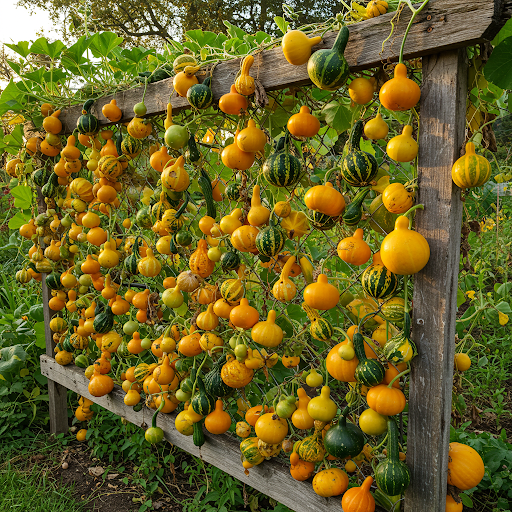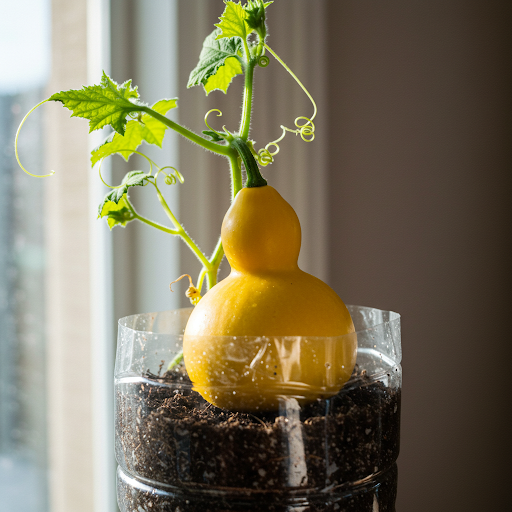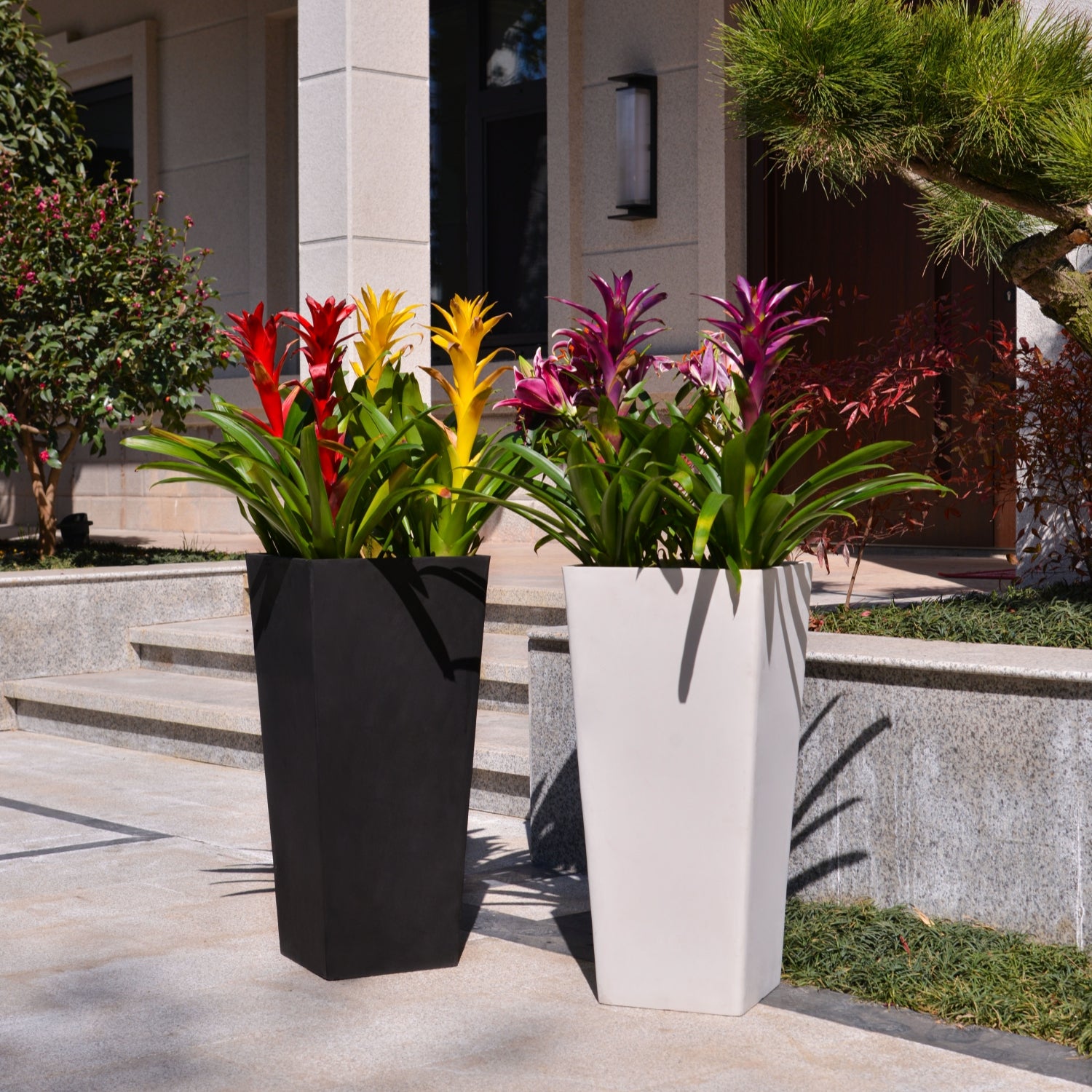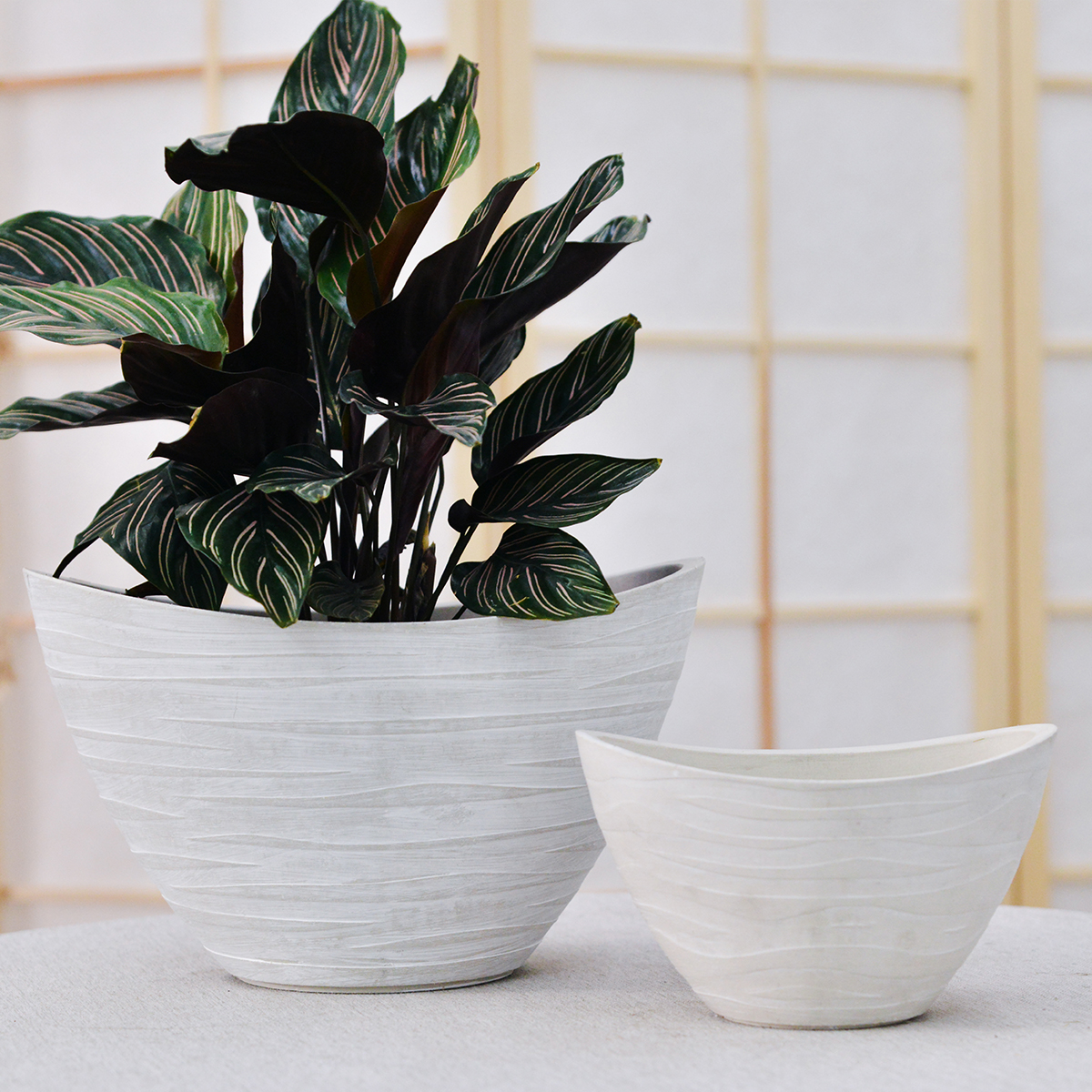Grow Your Own Organic Bottle Gourds: Vertical Gardening in Plastic Bottles for a Great Harvest
Want to try growing a unique and versatile vegetable organically, even if you’re short on space? The Spanish article explores an innovative method: cultivating bottle gourds in repurposed plastic bottles! This vertical gardening approach is not only eco-friendly but can also yield a surprising number of fruits. Let’s dive into the tips for successfully growing organic bottle gourds at home in plastic bottle containers.

Why Grow Bottle Gourds in Plastic Bottles?
- Space-Saving: Bottle gourds are vigorous vines, but growing them vertically in bottles maximizes space, making it ideal for balconies, patios, or small gardens.
- Upcycling: It’s a fantastic way to give plastic bottles a new life and reduce waste.
- Easy to Manage: Individual bottle planters are easy to move and manage, allowing you to optimize sunlight exposure.
- Good Drainage: With proper preparation, plastic bottles can offer good drainage, crucial for healthy root growth.
- Organic Potential: Growing in individual containers makes it easier to control the soil and use organic fertilizers.
Getting Started: Preparing Your Bottle Gourd Planters
- Choose Large Bottles: Bottle gourds are vigorous growers and produce sizable fruits. Opt for large, sturdy plastic bottles (at least 2-3 gallons or more) like those used for water or juice.
- Clean the Bottles: Wash the bottles thoroughly with soap and water.
- Create Drainage Holes: Drill or poke several drainage holes in the bottom of each bottle. Good drainage is essential to prevent root rot.
- Consider Vertical Support: Plan how you will support the bottle gourd vines. You might need to create holes or slits near the top of the bottles to attach strings or wires for training the vines upwards.
Tips for Growing Organic Bottle Gourds in Plastic Bottles:
- Choose the Right Variety: Select bottle gourd varieties suitable for your climate and available space. Consider smaller or more compact varieties if space is a significant constraint.
- Use Organic Potting Mix: Fill the bottles with a high-quality organic potting mix that is rich in nutrients and drains well. You can amend it with compost and other organic materials.
- Start Seeds or Transplant Seedlings: You can start bottle gourd seeds indoors a few weeks before the last expected frost or direct sow them once the soil has warmed up. Transplant seedlings carefully into the prepared bottles.
- Provide Ample Sunlight: Bottle gourds need at least 6-8 hours of direct sunlight per day to thrive and produce a good harvest.
- Water Regularly and Deeply: Bottle gourds are thirsty plants, especially when growing in containers. Water regularly, keeping the soil consistently moist but not waterlogged. Water deeply until water drains from the bottom of the bottle.
- Organic Fertilization: Feed your bottle gourd plants regularly with organic fertilizers. Options include:
- Compost Tea: A nutrient-rich liquid fertilizer made by steeping compost in water.
- Worm Castings: Add worm castings to the potting mix or use them to make a liquid feed.
- Organic Granular Fertilizers: Choose a balanced organic fertilizer formulated for fruiting vegetables and follow the package instructions.
- Provide Strong Vertical Support: Bottle gourd vines can grow quite long and heavy. Provide a sturdy trellis, fence, or strong stakes for the vines to climb on. Secure the vines to the support as they grow.
- Pollination (If Necessary): Bottle gourds produce separate male and female flowers. While bees and other pollinators usually handle pollination, you may need to hand-pollinate if you notice flowers but no fruit development. Identify the female flowers (they have a small swelling at the base) and use a small brush to transfer pollen from the male flowers to the female flowers.
- Monitor for Pests and Diseases: While generally resilient, keep an eye out for common pests like squash bugs or cucumber beetles. Use organic pest control methods like neem oil or insecticidal soap if needed. Ensure good air circulation to prevent fungal diseases.

Harvesting Your Organic Bottle Gourds:
Harvest bottle gourds when they are young and tender for eating as a vegetable. The specific size and maturity will depend on the variety you are growing. For using them as dried gourds, allow them to mature fully on the vine until the skin hardens and the vine starts to dry out.
Conclusion:
Growing organic bottle gourds in plastic bottles is a rewarding and sustainable way to cultivate this unique vegetable in a limited space. By providing the right support, consistent watering, organic nutrients, and plenty of sunlight, you can enjoy a satisfying harvest of bottle gourds right from your own home. Embrace this creative gardening method and discover the potential of vertical bottle gourd cultivation!
HS
By greenship|2024-08-13T06:45:17+00:00August 13, 2024|Categories: Hand-carving Series|
GreenShip 27inch Tall Planters for Porch, Large Outdoor Planter Pots with Drainage Hole
By greenship-seo|2025-04-10T06:27:21+00:00April 7, 2025|Categories: Hand-carving Series|Tags: Decorative Flower Pots|
20YB
By greenship|2024-08-16T05:37:57+00:00August 16, 2024|Categories: Hand-carving Series|
Planter 6 in W / 8 in W / 12 in W Indoor or Outdoor Plants, Modern Decorative Plant Pots with Drainage Hole, Decorative Flower Pots
By greenship-seo|2025-02-06T13:43:53+00:00January 16, 2025|Categories: Hand-carving Series|Tags: Decorative Flower Pots|
11TH
By greenship|2024-08-13T02:50:25+00:00August 13, 2024|Categories: Hand-carving Series|
20T
By greenship|2024-08-13T06:42:22+00:00August 13, 2024|Categories: Hand-carving Series|






